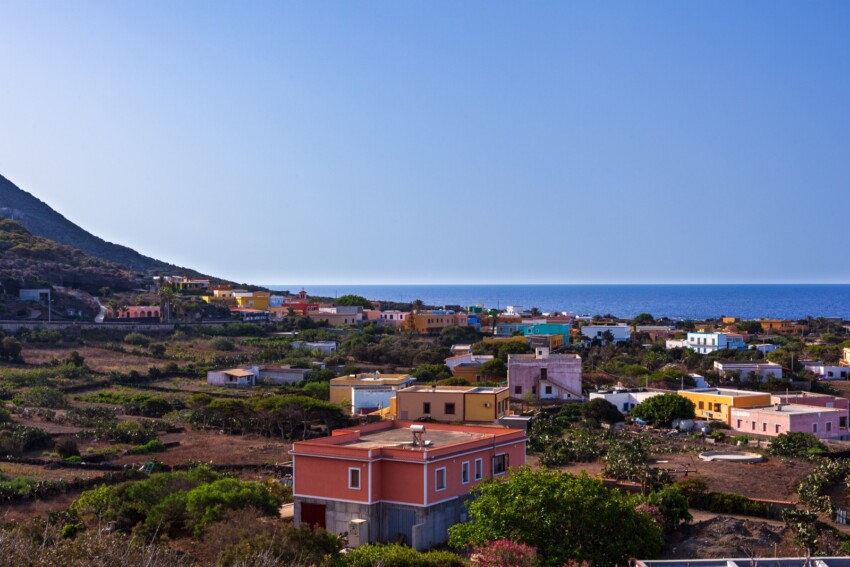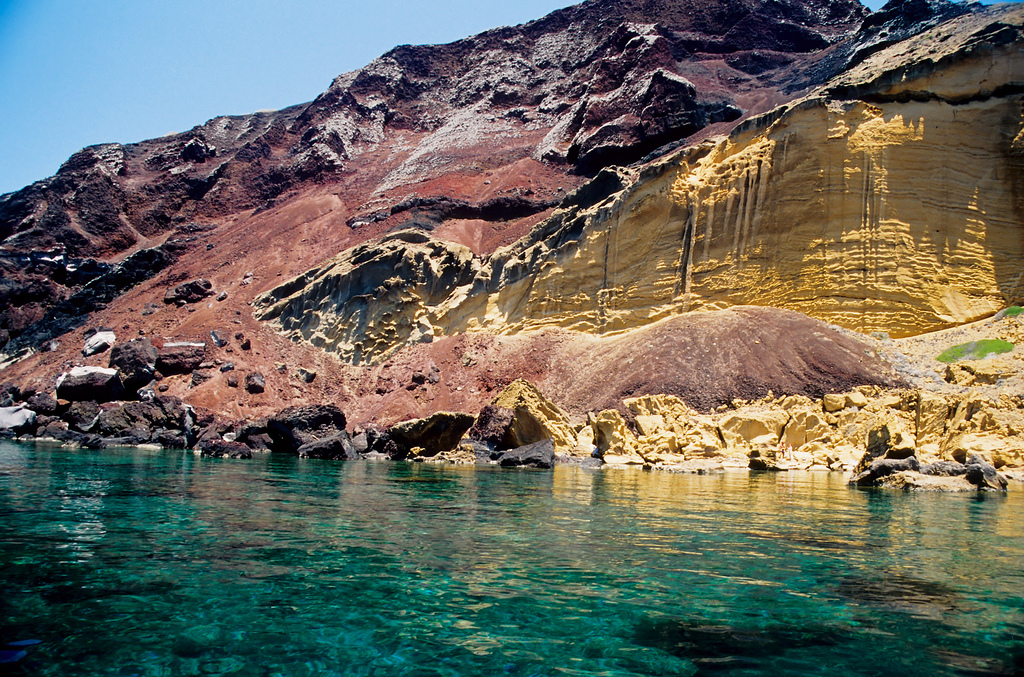


The island is mentioned by the Greek Strabo and then by Pliny the Elder in the Naturalis Historia as Aethusa, Αá¼°θοῦσσα and Algusa, Ἀλγοῦσσα in Greek. The name Lenusa appears in the 16th century by the Dominican Tommaso Fazello. The name Linosa instead was born in 1845 used by the knight Bernardo Maria Sanvinsente. Linosa has an extension of 5.4 km² and is located in the center of the Mediterranean Sea 160 km south of Sicily and 160 km east of Tunisia. It has an almost circular shape with a coastal development of 11 km. Unlike Lampedusa and Lampione, which are part of the African continental plate and derive from a fracture of the continent itself, Linosa is not only not part of this tectonic plate but is also of volcanic origin and its building rises from 1,500 meters depth: in fact, unlike Lampedusa and Lampione, the backdrops of Linosa sink rapidly.

Its origins are relatively recent: according to geological studies Linosa had to emerge during the ancient Quaternary and owes its origin to the eruptions that occurred along the fracture line that runs between the east coast of Sicily and the coast of Tunis. Its eruptive activity dates back to the Pleistocene, hypothesis confirmed by the age of the fossils present in the stratified tuffs of the eastern part of the Monte di Ponente. The same volcanic axis gave rise, thanks to a basically alkaline volcanism, to the island of Pantelleria, whose emerged portion represents the culmination of much more imposing underlying structures. In the volcanic history of the island it is possible to recognize four phases of activity and three paleo-soles evidenced by fossils of roots, jambs and leaves of dwarf palms.
The volcanic craters are still clearly visible: in the center of the island, low and wide (600 meters in diameter), the main crater extends, the Fossa del Cappellano, thickly cultivated. To crown it three other cones: mount Vulcano (195 m), mount Rosso (186 m), mount Nero (107 m), and a small Craterino of 50 m on the slopes of the latter. The eruptive activity from the last crater (the smallest one) ended about 2500 years ago. Currently the island is deeply dormant.
Island of Linosa
Address: Via Vittorio Alfieri, 92010
Phone: 0922 972177
Site:
http://www.comune.lampedusaelinosa.ag.it/Location inserted by
Culturalword Abco